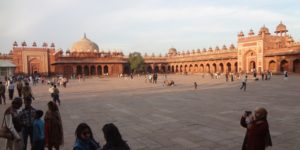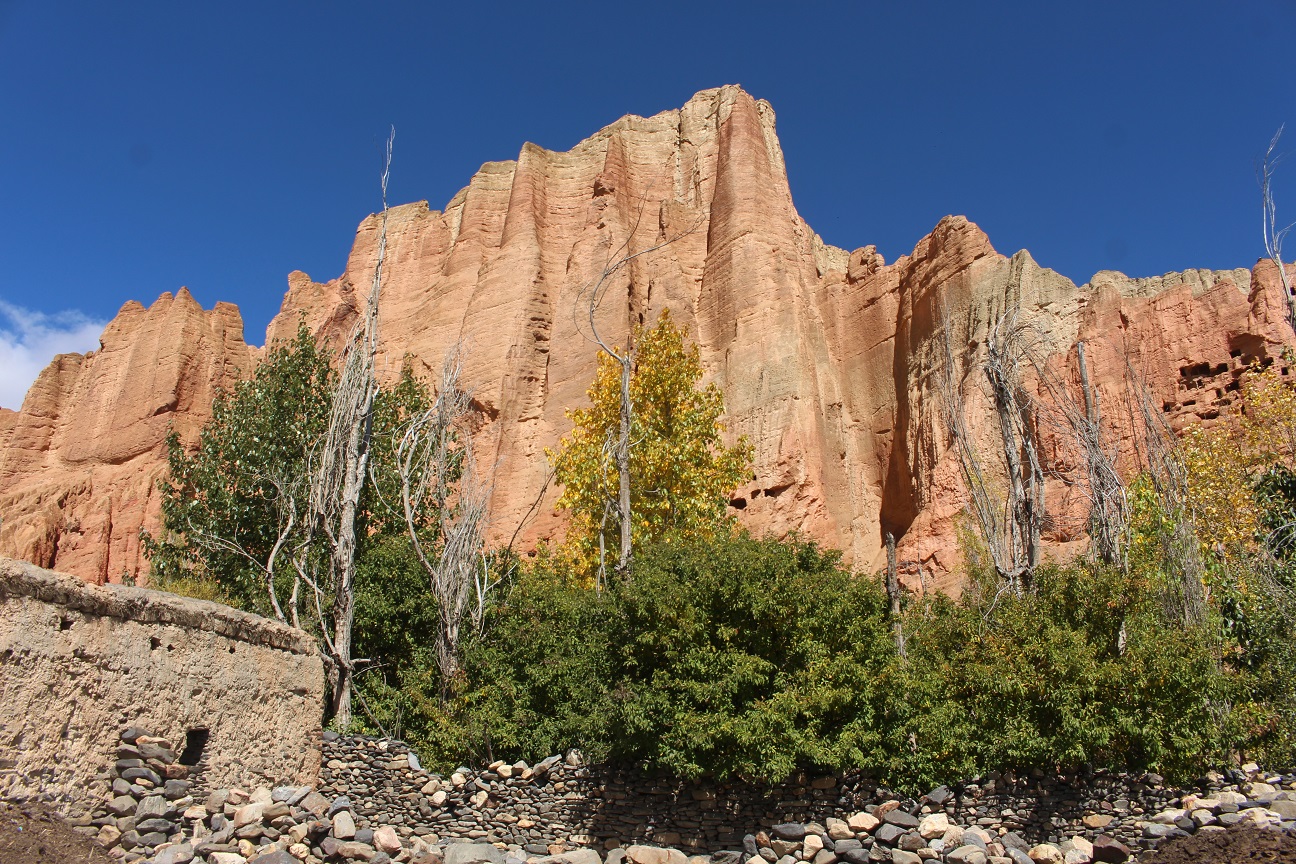Re-connecting with Nature: Learning from Nepal and the Disconnect in the West
12 Nov 2025 Umesh Paneru

1. Why Nature Connection Matters
These days, studies from around the world back up what folks often feel deep down: being tuned into nature – not just seeing it but feeling part of it – makes a real difference.
A big survey covering 61 nations with close to 57 thousand participants showed that feeling closer to nature links to improved mood along with greener habits. The Guardian
On the flip side, feeling less tied to nature links to losing wildlife, wider gaps between rich and poor, also valuing money more than meaning The Guardian
So, the way folks sense their bond with nature isn’t merely a bonus – it ties into broader human and environmental struggles.
2. The Surprising Global Rankings
Here’s something that really stands out: your spot on the global scale. Yet it shows more than just location – it hints at deeper gaps others miss.
- Nepal topped the list when it came to feeling close to nature. According to The Guardian
- The UK had one of the worst marks – placed 55th among 61 nations. The Guardian
- Rich city-based economies – like Canada or Germany, along with Japan and Spain – tend to show up toward the lower end of rankings. The Guardian
This turns a usual idea upside down: not just the struggling or countryside spots feel cut off from nature – big city life’s often the real culprit.
Yet Nepal’s high score calls for deeper reflection – how did a nation usually viewed as “emerging” end up leading here?
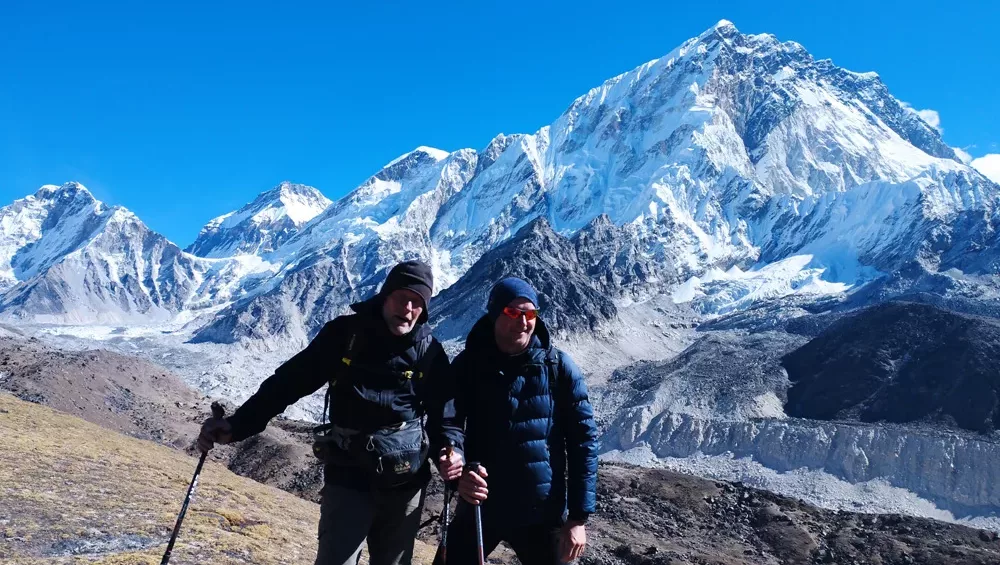
3. Why don’t things add up? Four key reasons behind it
The blog post by Professor Miles Richardson on Finding Nature lays out a clear four-step idea – the “X Model” – that shows how come lots of communities find it tough to bond with the natural world – Finding Nature
The four forces:
- City living’s on the rise – this often cuts down green spots, shrinks chances to meet plants or animals. Spotting wildlife gets tougher Finding Nature
- Socio-economics – Heavy emphasis on commerce, expansion, or smooth operations often means less bond with the natural world. Spotting Green Finding Nature
- Spirituality – When people focus on deeper meanings, they often feel closer to nature. Connecting with the outdoors Finding Nature
- When communities focus mostly on tech and science while ignoring feelings, purpose or bonds with others, their bond with the natural world often fades. Seeking the Wild Finding Nature
A quick take: when cities grow fast, focus on progress, trust tech more than faith, they often lose touch with the natural world – drifting apart without even noticing.

Kathmandu Chitwan Pokhara Lumbini Muktinath Tour 12 Days
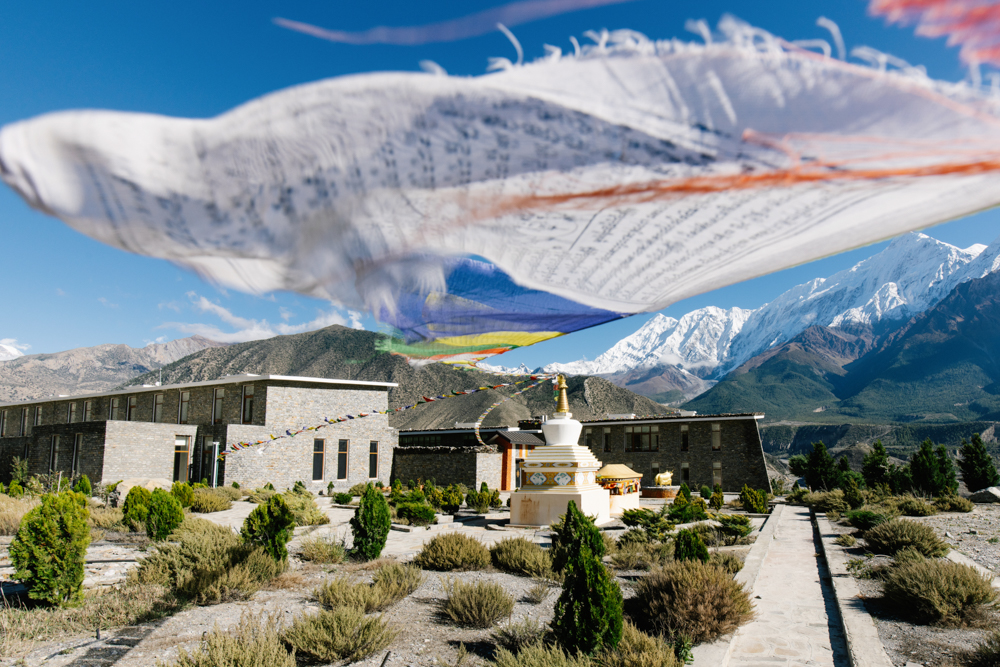
Kathmandu Pokhara and Mustang Luxury Tour 11 Days
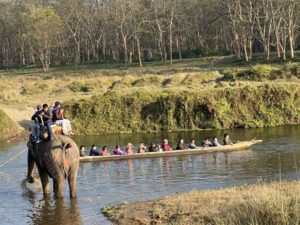
Kathmandu Chitwan wildlife Tour 7 Days
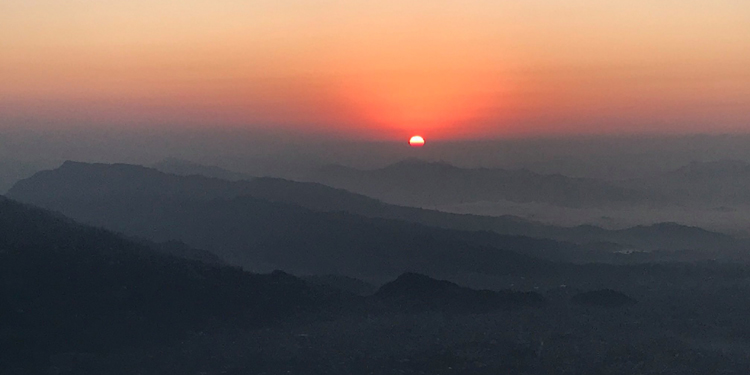
Kathmandu Pokhara Sunrise Tour 6 Days
4. Why Nepal Finds Itself at the Top
How’s Nepal doing? According to a piece in Nepali from Setopati:
- Nepal topped the chart in a worldwide survey about feeling close to nature – this came from research across 61 nations. Setopati
- The piece shows how Nepal’s people, customs, landscapes, and beliefs come together through deep ties to nature – peaks, woodlands, age-old ways, diverse tongues, varied tribes, alongside a sacred connection to land. Setopati
- Some specialists say Nepal could benefit from this outcome – play it smart on the world stage, weave it into arts and travel plans, protect nature while showing off what makes the country unique when green topics come up worldwide. Setopati
Nepal’s real power actually comes from its strong bond with nature – more than any fancy economy or corporate growth. This hints that feeling close to nature isn’t just tied to money or sleek buildings.
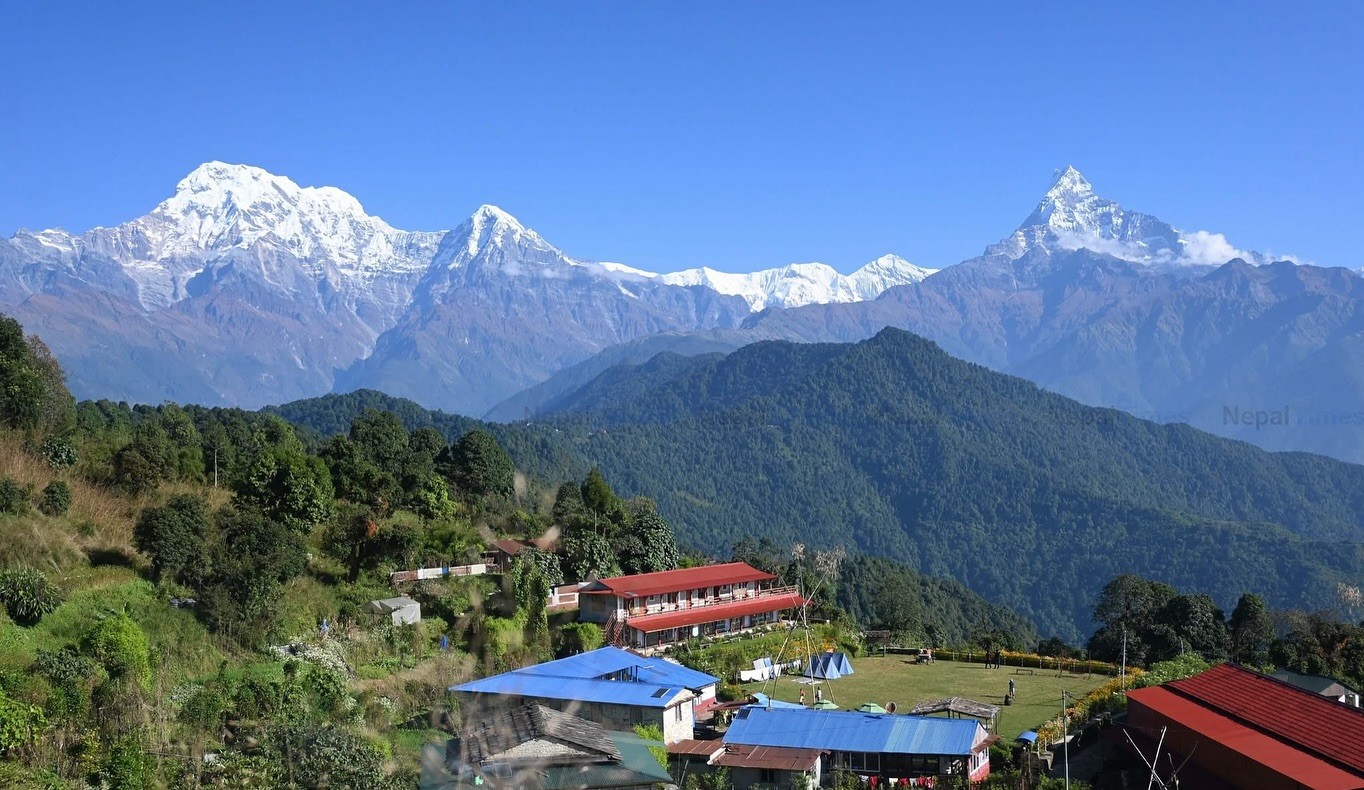
5. What Western Societies Can Learn
Thoughts that might matter if you’re from a busy city-driven place – say, the UK, bits of Europe, or Japan
- Getting outside helps – yet it’s not the whole answer. Just plonking down a park won’t fix everything. That piece called Finding Nature points out, “It’s more than dropping trees into concrete – how do we make nature feel meaningful in cities?” Finding Nature
- Beliefs changing is key. Focusing on purpose, connections, respect for the environment instead of mere use and speed might make a difference.
- Money and markets gotta change. When it’s easier to run a company but harder to feel the wild, something’s off – so let’s build firms that answer to Earth too: score gains for wildlife, give ecosystems legal standing, seat rivers or forests on corporate boards. Finding Nature
- A spiritual or cultural side. In non-religious places too, nurturing awe, feeling part of something bigger, tied to nature – this builds deeper bonds.
- Notice what we’ve let go. While new ways improve life, they sometimes push nature aside – when that happens, things like health, the environment, or shared bonds quietly suffer.
6. Why This Should Matter to Us (Especially in Nepal and Beyond)
- For Nepal, hitting number one’s a chance to shine – offers some good news when things feel tough. Could use people’s deep bond with nature to boost eco-friendly travel, protect wild areas, while stepping up as a world voice for living in tune with the environment. That’s pretty much what the Setopati piece points out
- In spots such as Nepal, the real danger? Getting too comfortable. Just ’cause they’re top-ranked in bonding with nature doesn’t wipe out future hurdles – plenty of ecological strains stick around, along with growth-related stress and social gaps. The piece warns Nepal shouldn’t let go of its current strengths. Setopati
- In cities or developed areas: this study serves up a heads-up along with guidance. Here’s the catch – boosting economies alongside city expansion might harm nature more than we thought (it’s not only about losing habitats). But there’s a way through – the four-forces model shows where action can start: planning, rules, social norms, learning.
7. What Can We Do (Practical Steps)
Here’s a few down-to-earth ideas – people can start small, while neighborhoods might team up; meanwhile, officials could back policies that actually shift things
- Build towns and local areas with room for untamed greenery – skip perfect grass patches or decorative plants alone. Spots where wildlife flourishes while folks sense they belong in the natural world.
- Start young – help kids learn about nature while building a heartfelt bond with it: pay attention to different living things, how habitats work, notice birth, growth, decay.
- Bring nature into how companies and governments work – like making it a rule to check harm to wildlife, standing behind legal rights for ecosystems, or including conservation scientists when choices get made.
- Get folks into traditions that tie them back to nature – try ceremonies outside, quiet moments, sharing tales, walking together through natural spots, building a real feel for where they are.
- Leverage our strengths. For Nepal – honor how culture, spirit, and nature link together. Elsewhere – think again on what cities, gadgets, or speed may take away from real human bonds.
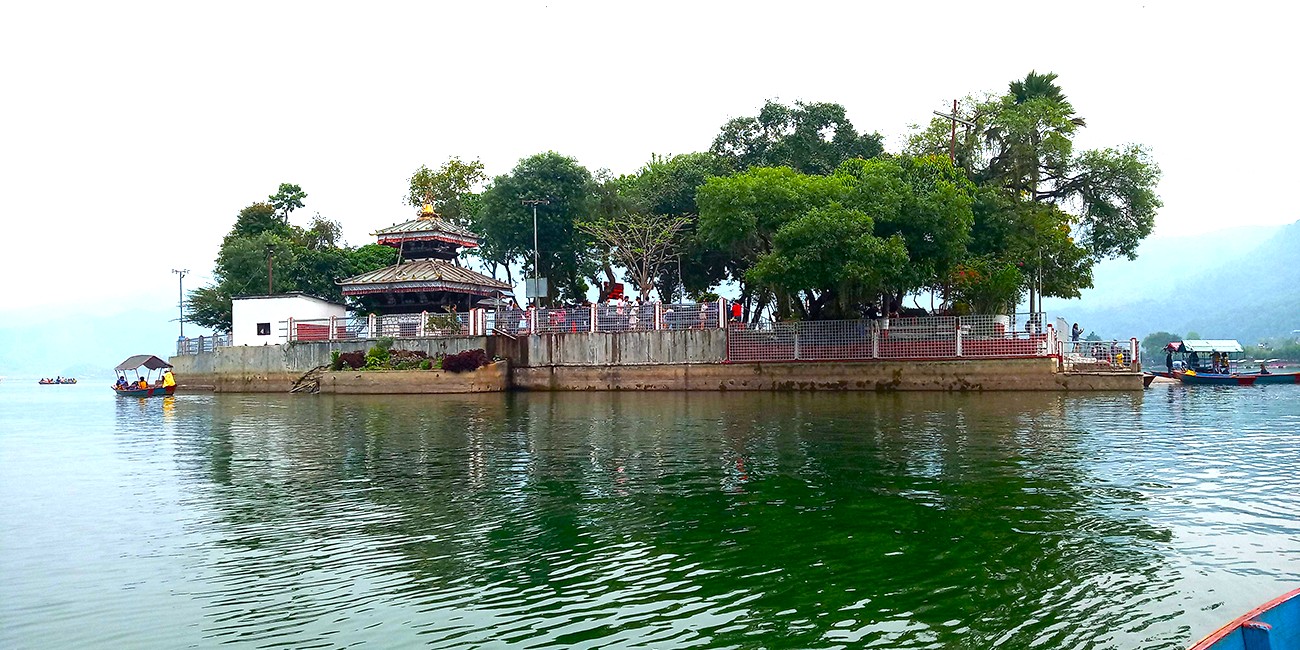
Local examples from Nepal
1. Guthi setup along with community woodlands
In various Newar and countryside areas, old-style guthi setups or village forest teams take care of nearby woods, lakes, and fields together – often through shared effort. While some rely on customs, others use group decisions shaped by daily needs rather than outside rules.
- Villagers gather to figure out the limit on chopping trees or who handles pond cleanup ahead of ceremonies.
- The well-known Banpale Guthi near Kathmandu – or even Barpak’s local forest group up in Gorkha – show how things can work.
These setups blend spiritual beliefs with duty and protecting nature – proving that looking after the land fits into everyday leadership, far beyond mere “green rules.”
2. Religious and Spiritual Ties to Nature
Just about any shrine or Buddhist house in Nepal’s got holy groves or water pools round it:
- Pashupatinath’s old peepal trees stand beside banyan ones – monkeys leap around while birds chirp above, people moving below.
- Muktinath, a deeply revered place in Nepal, sees fire, water, yet air not just as nature but as living signs of the divine.
- Buddhist monasteries across Mustang along with Solukhumbu weave lessons on nature into monk training, tying kindness toward living creatures to protecting natural systems.
Out here, faith shows how to live with nature – not through lessons, but by doing it every day.
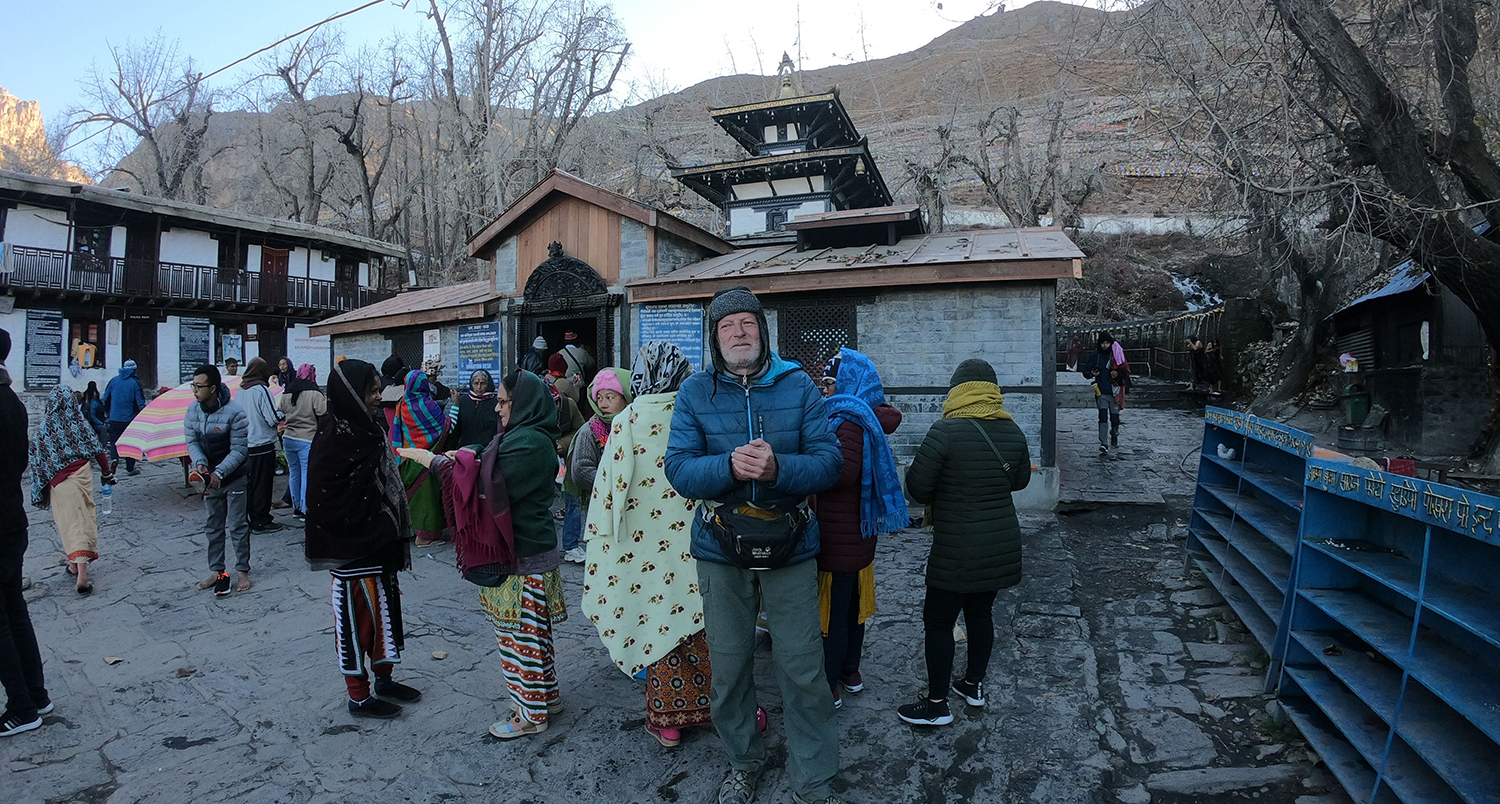
3. Peaks meet flowing water in old beliefs
In the mountains of the Himalayas, locals see nature as holy because it shapes their beliefs
- The Sagarmatha (Mount Everest) region is not just a trekking destination – Sherpa communities call it Chomolungma, the “Mother Goddess of the World.”
- Along riverbanks, people leave offerings – perform cleansing rites – not just during big events such as Maha Shivaratri or Chhath Parva but also in daily life. Rivers including the Bagmati, Karnali, Seti aren’t seen as mere waterways; they’re treated like gods alive today.
4. Agricultural Festivals and Cycles
Seasonal festivals express gratitude to nature:
- Ropain Jatra marks the arrival of rainy season, rich earth, also shared work among villagers.
- Maghe Sankranti signals winter’s close, while celebrating the power of sunlight.
- Teej along with Dashain includes ceremonies by holy trees or close to riverbanks.
During such festivities, kids start picking up on how the moon shifts, when rains come, or when earth turns rich – almost like nature quietly teaching them along the way.
5. Wildlife Coexistence in Terai
In the south’s flatlands, settlements close to Chitwan or Bardia National Parks share space with elephants, rhinos – sometimes deer too.
Community groups such as buffer zone teams make up for damaged crops, yet also boost nature tours, learning programs, or tree planting.
Instead of viewing wild animals just as threats, some villages perform ceremonies for woodland deities like “Ban Devi,” reflecting respect mixed with tradition.
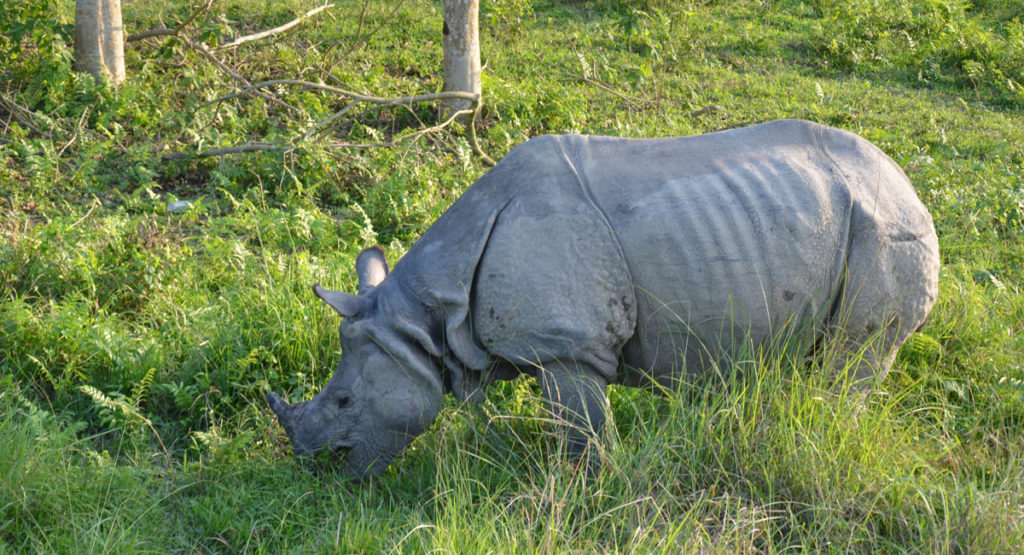
6. Daily habits that show care for nature
Out in busy Kathmandu, little acts still mean a lot – like how kindness shows up quiet but clear
- Some folks toss water on the ground before walking outside – to show respect to nature.
- Plenty of folks keep growing tulsi or marigolds near their houses – partly faith, partly nature perks.
- Farm stands offer fresh veggies picked at peak ripeness – showing folks pay attention to natural rhythms and variety in crops.
7. Today’s Groups Keeping the Tradition Alive
Youth today rephrase old traditions through fresh moves,
- The Green Hikers Nepal, along with Clean Up Nepal, teams up with young people for tree planting while the Hario Ban Program gets them cleaning rivers too.
- Schools across Pokhara, plus Bhaktapur, even Dolakha host eco-clubs – kids there pick up composting, try gardening, while also guarding local wildlife.
- Locals running small tourism gigs push homestays where guests get hands-on with farm chores or wander through woodland trails – so they see rural living up close.
Conclusion
- Being a grandma makes me notice a basic truth here – kids today don’t just get handed the planet, they also pick up how we’ve treated it. Great play spaces aren’t merely secure or built well – they’re buzzing with life, untamed, tied into the real outdoors.
- We’re seeing in Nepal how close ties to nature can thrive – even when a place isn’t packed with cash or factories – while richer city-heavy nations often lose touch with the natural world right as they claim to move forward.
- If we value what comes next – if health, happiness, nature, purpose matter – then rekindling ties with the natural world needs to fit into how we move forward. Not merely saving animals or landscapes, but rediscovering where we stand within life’s network.
Ready to explore Asia? Let us plan your perfect journey with confidence, with no worries about logistics, safety, and cultural nuances. You only focus on enjoying your trip.
Asia Experiences (A product of Everest Vacation P. Ltd.), specializing in South Asia and Southeast Asia multi-country tours, offers diverse packages for all age groups. We have various options for tour packages for travelers seeking cultural, historical, spiritual, natural, or adventure tour experiences.
There is also flexibility in customizing the itineraries to your preferences. Some of our packages are as follows, which include both South Asia and Southeast Asian destinations:
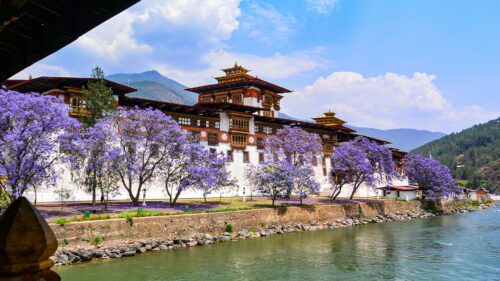
Nepal Tibet Bhutan Luxury Tour 15 Days
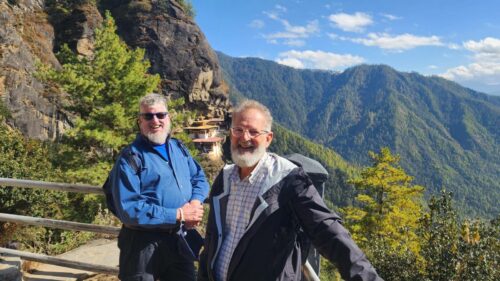
Nepal Tibet Bhutan Tour 14 Days

Nepal Tibet Bhutan Laos Tour 19 Days
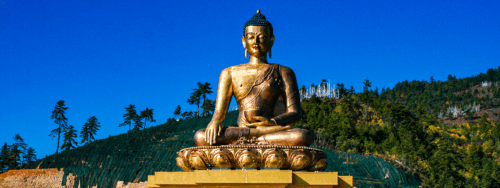
Nepal Bhutan Luxury Tour 12 Days
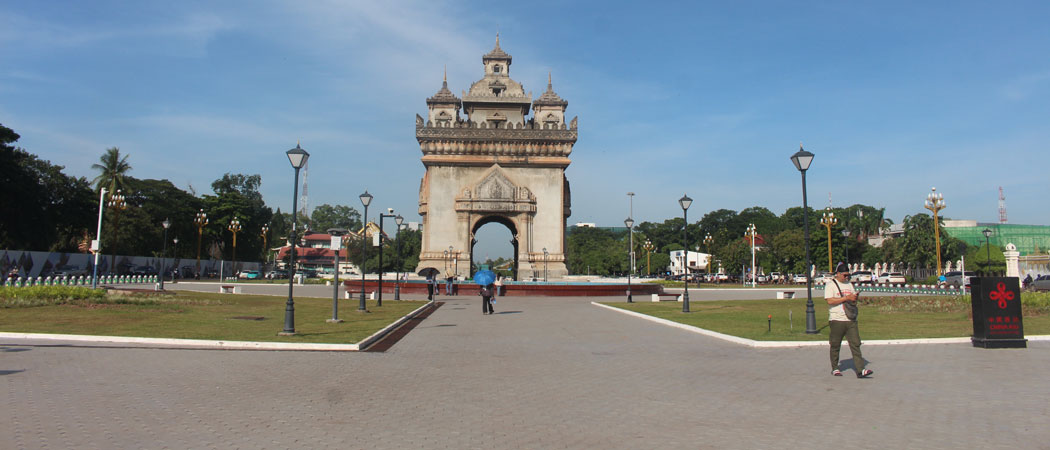
Thailand Cambodia Vietnam and Laos Tours 19 Days

Nepal Tibet Thailand Myanmar Tour 20 Days

India Bhutan Bangladesh Tour 21 Days
